Exploring the Expectations and Limitations of Photogrammetry
 Lukas Zmejevskis
Lukas Zmejevskis
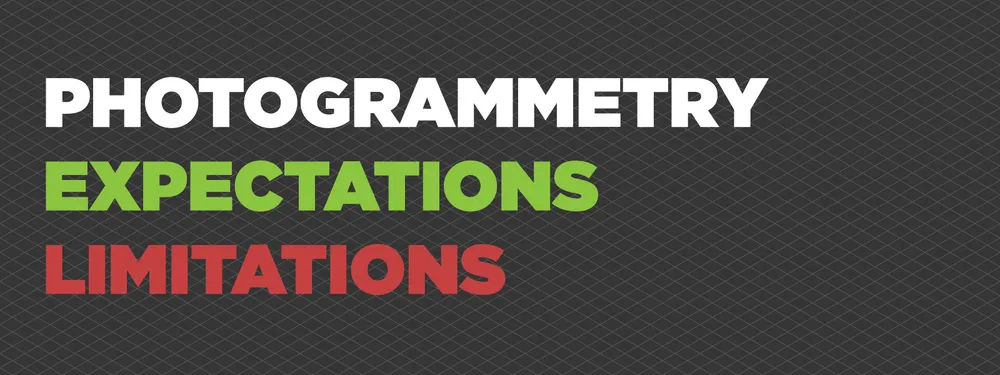
In recent years, photogrammetry has gained significant popularity across various industries and applications. This versatile technique utilizes images captured from conventional cameras or drones to create accurate 3D models of objects and environments. As its applications continue to expand, it is important to understand both the potential and limitations of photogrammetry. While some may underestimate the simplicity of the process, others may have unrealistic expectations without considering the necessary prerequisites. In this article, we will delve into the workings of photogrammetry, explore its capabilities, and shed light on its inherent limitations.
Understanding the Photogrammetry Process:
Photogrammetry is a technique that involves capturing multiple images of a subject from different angles and using computer algorithms to analyze these images, extract key features, and match them across the images. By triangulating these features, the software reconstructs the three-dimensional geometry of the subject. One of the remarkable aspects of photogrammetry is that it can be performed using any camera, as long as the scanning technique is well-executed.
Two most important aspects of photogrammetric capture are image quality and overlap. Without clear and detailed images photogrammetric processing software can not extract and match details between photos. Without sufficient overlap there is not enough data to reconstruct the 3D structure of a given scene. Fortunately, with modern cameras and drones it is easy to capture high quality images at high speed, making photogrammetry very accessible for many people, even those who may not be into photography.
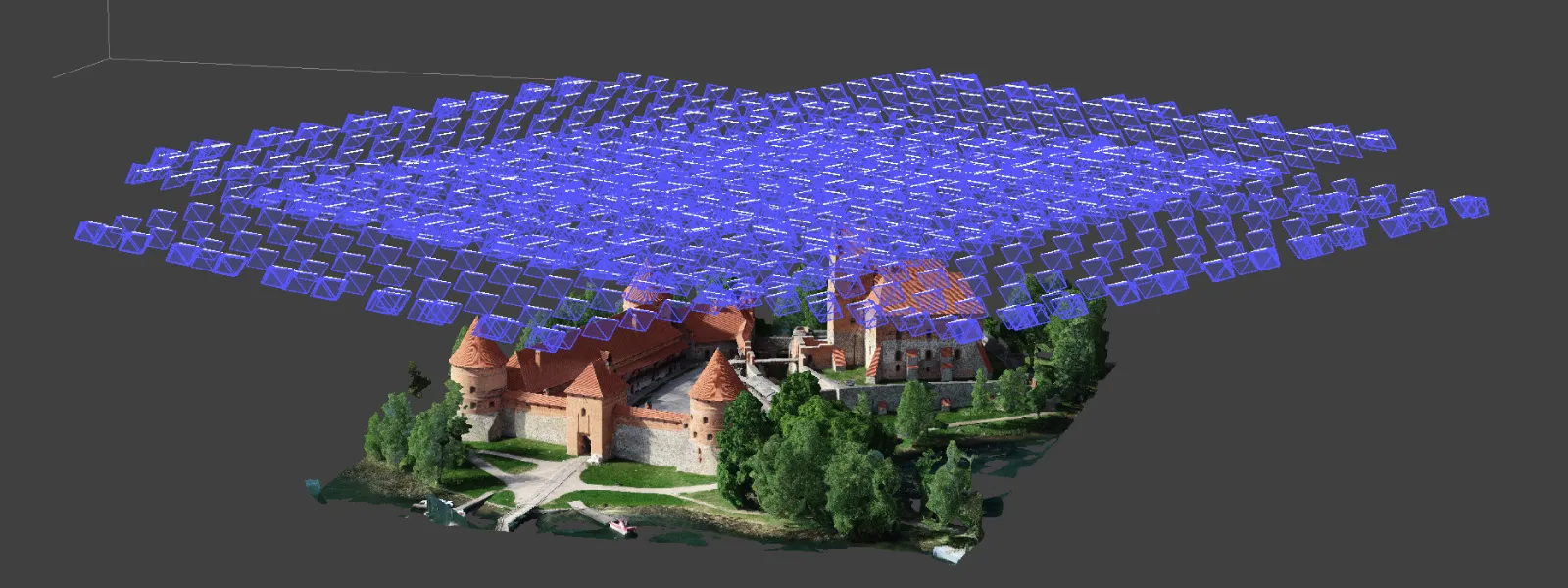
Potential of Photogrammetry:
Photogrammetry has revolutionized various fields, opening up a wide array of applications. By leveraging simple cameras or drones, individuals and professionals alike can obtain detailed 3D scans of objects and environments. These scans can be used for measurements, monitoring changes over time, virtual reality simulations, architectural planning, and much more. The applications of photogrammetry are nearly limitless, allowing us to capture the world around us in unprecedented detail and accuracy.
Of course - your expectations should be within reason with regard to data capture. High detail and accuracy is obtained through professional workflows with equipment and technique needed to match desired output data. Surveyors use GCPs for maximum referencing quality, while 3D artists need the best visual data capture made with high resolution cameras. Most importantly - experience is the factor that allows taking advantage of professional gear, and that does not come overnight. Best part is that you can start gaining experience right now by reading a few of our blog posts and taking photos with your phone.

Limitations of Photogrammetry:
Photogrammetry does have certain limitations that should be considered. One crucial limitation is the difficulty in capturing moving surfaces or objects. Since photogrammetry relies on matching features across images, subjects that are in motion during the capture process will introduce errors or inconsistencies. For instance, scanning a person walking or a car in motion is impossible in most cases as each photo will not be capturing the same exact scene.
Another challenge arises when dealing with highly reflective surfaces. Reflections can confuse photogrammetric algorithms, leading to inaccurate results. Therefore, capturing objects such as glass skyscrapers or bodies of water using photogrammetry is fundamentally impossible, as their reflective nature hampers the extraction of accurate features. Similarly to the moving objects, reflections change when the camera itself is moving, therefore introducing the same problem - scene between the photos is chaning.

Moreover, some objects or environments lack distinctive visual features, making it challenging for the software to identify and match points. Smooth or uniform surfaces, such as flat walls or featureless terrains, pose difficulties for photogrammetry. These limitations restrict the ability of photogrammetry to capture certain types of subjects, for example a freshly painted wall. As a practical test - if you can not distinguish stable features on a surface with your own eyes - software will not be able to either.
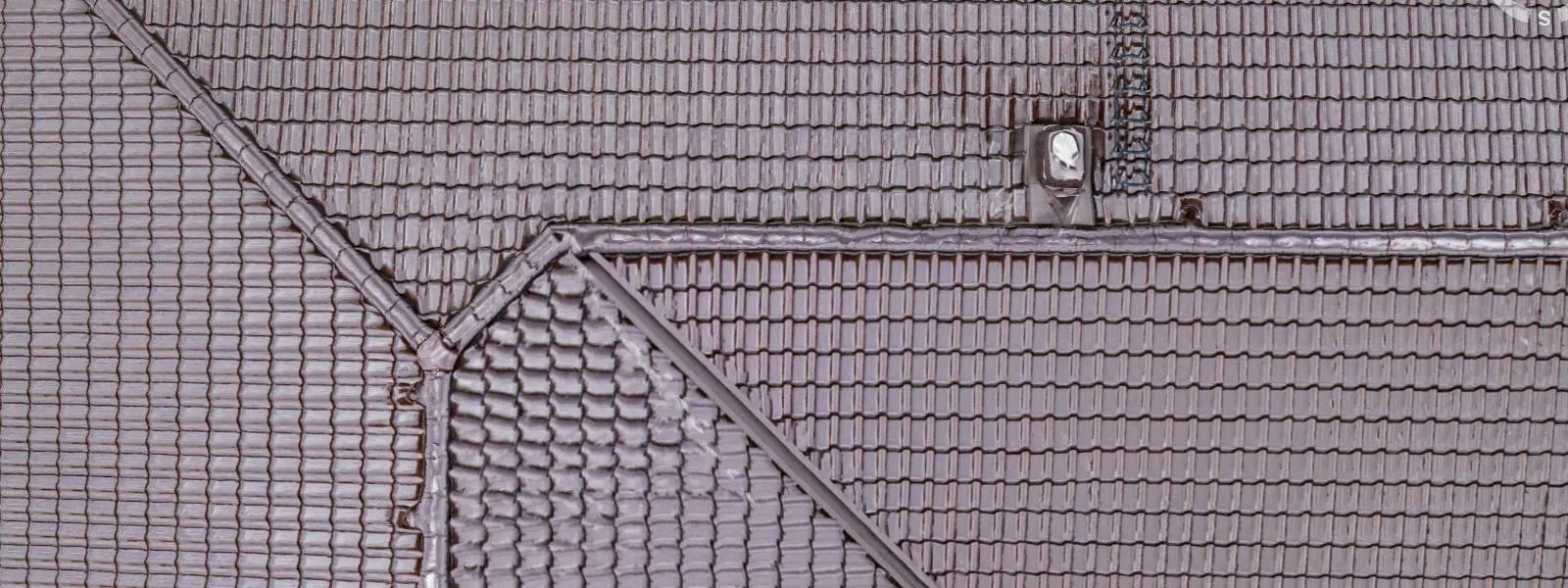
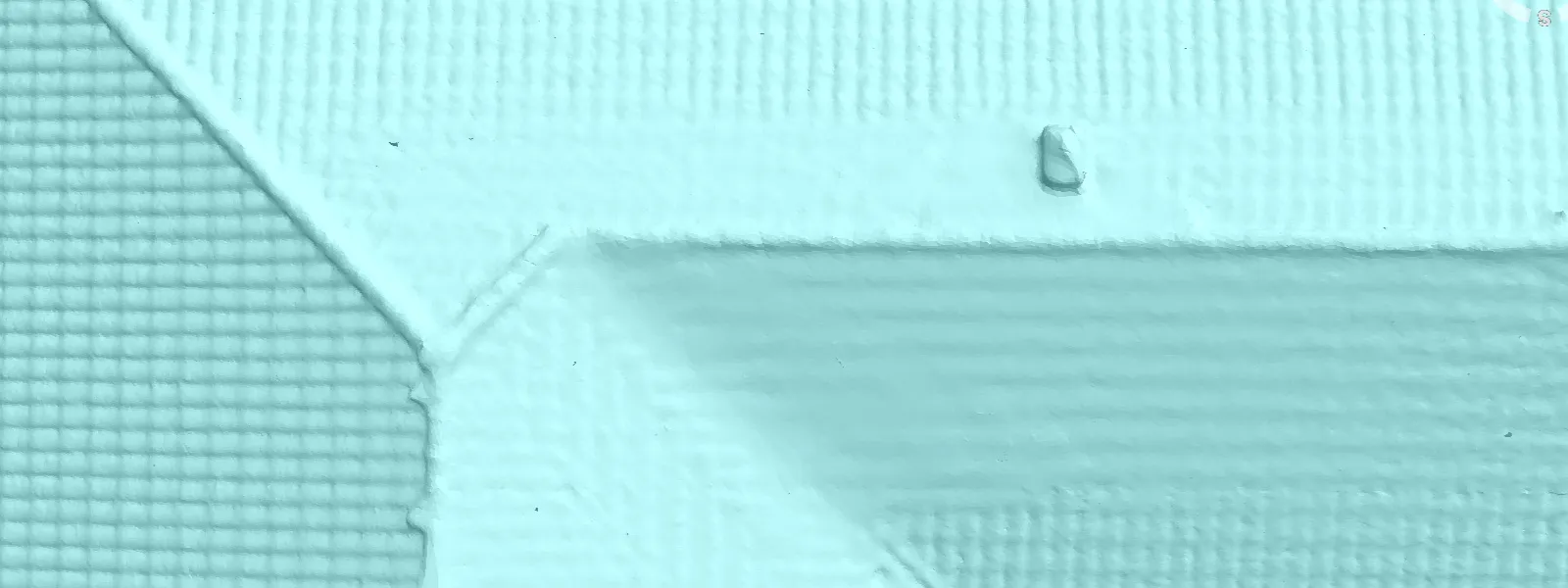
Exploring the Full Potential:
While it is important to acknowledge the limitations of photogrammetry, it is equally crucial to recognize its immense power and potential. The ability to create 3D scenes quickly and cost-effectively using everyday cameras is a game-changer. However, many individuals are still unaware of the possibilities and advantages that photogrammetry offers in their fields.
There are likely numerous untapped applications for photogrammetry that we have yet to discover. Also, as technology advances and algorithms improve, we may find solutions to overcome some of the current limitations and expand the applicability further. Additionally, combining photogrammetry with other technologies, such as LiDAR, can enhance its capabilities and enable us to capture more complex subjects.

Conclusion:
Photogrammetry has emerged as a transformative tool in various industries, allowing us to capture and recreate our world in remarkable detail. However, it is essential to manage expectations and be aware of the limitations that exist. While photogrammetry excels in many scenarios, challenges arise when dealing with moving or highly reflective objects, and subjects lacking distinctive visual features.
Nonetheless, the potential of photogrammetry remains vast and largely untapped. As awareness and understanding of this technology increase, we can anticipate further advancements and innovative applications. With ongoing research and development, photogrammetry will continue to evolve, enabling us to explore new frontiers and unlock its full potential in the years to come.

Photographer - Drone Pilot - Photogrammetrist. Years of experience in gathering data for photogrammetry projects, client support and consultations, software testing, and working with development and marketing teams. Feel free to contact me via Pixpro Discord or email (l.zmejevskis@pix-pro.com) if you have any questions about our blog.
Related Blog Posts
Our Related Posts
All of our tools and technologies are designed, modified and updated keeping your needs in mind

Overlap Between Different Perspectives
Photogrammetry can be simple and rigid or complex and adaptable. Combining different scan patterns adds complexity to the work but improves detail and coverage. We often use examples of combined flights, of which the orbital + nadir grid is a classic. They provide great 3D structure while being easy
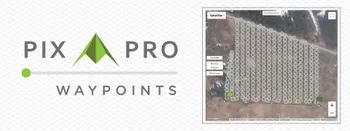
Pixpro Waypoints - Automated Photogrammetry Flights for Newest DJI Drones
The latest DJI drones are the most capable flying cameras on the market. If you need a tool like that or a competent machine for casual creation - DJI Mavic 3, DJI Mini 4, and DJI Air 3 series drones are the best.

Accuracy of Your Photogrammetry Project
Accuracy in photogrammetry is a multifaceted point of discussion. We can talk about absolute, relative, or even geometric accuracy, to name a few. No tool or technique can really prove anything beyond reproach.
Ready to get started with your project?
You can choose from our three different plans or ask for a custom solution where you can process as many photos as you like!
Free 14-day trial. Cancel any time.
Welcome to Pixpro
Sign in
And access your account.
.svg@webp)